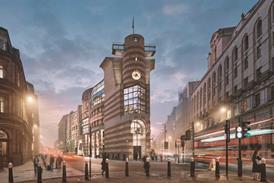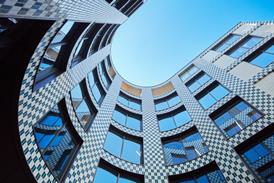- Home
- Intelligence for Architects
- Subscribe
- Jobs
- Events

2025 events calendar Explore now 
Keep up to date
Find out more
- Programmes
- CPD
- More from navigation items
Help at last for Lahore's walled city

Conservation efforts in Lahore offer a fascinating insight into south Asia’s past and present, writes Ben Flatman
In February this year, just before the first lockdown, I was lucky enough to visit Lahore for the first time, as part of a work trip. Although I was aware of the city’s rich history, I was not prepared for the diversity and wealth of its architectural heritage.
With its myriad of Muslim, Hindu, Sikh and British colonial architecture, it felt easily the equal to Delhi and Agra, its fellow former Mughal capitals, although much less visited by foreign tourists. And as in those other cities, I could also see the visible signs of the battle for architectural conservation.
In a familiar narrative from countless historic cities across southern Asia, by the late 20th century a combination of neglect and unsympathetic development was putting Lahore’s heritage under increasing threat. Recent conservation initiatives have been led by local architects concerned about the progressive loss of the walled city’s unique character, and a general decline in the conditions of its historic buildings and monuments. Conservation expertise and funding has come from the Aga Khan Foundation and Norwegian government, among others.
…
This content is available to registered users | Already registered?Login here
You are not currently logged in.
To continue reading this story, sign up for free guest access
Existing Subscriber? LOGIN
REGISTER for free access on selected stories and sign up for email alerts. You get:
- Up to the minute architecture news from around the UK
- Breaking, daily and weekly e-newsletters
Subscribe to Building Design and you will benefit from:

- Unlimited news
- Reviews of the latest buildings from all corners of the world
- Technical studies
- Full access to all our online archives
- PLUS you will receive a digital copy of WA100 worth over £45
Subscribe now for unlimited access.






